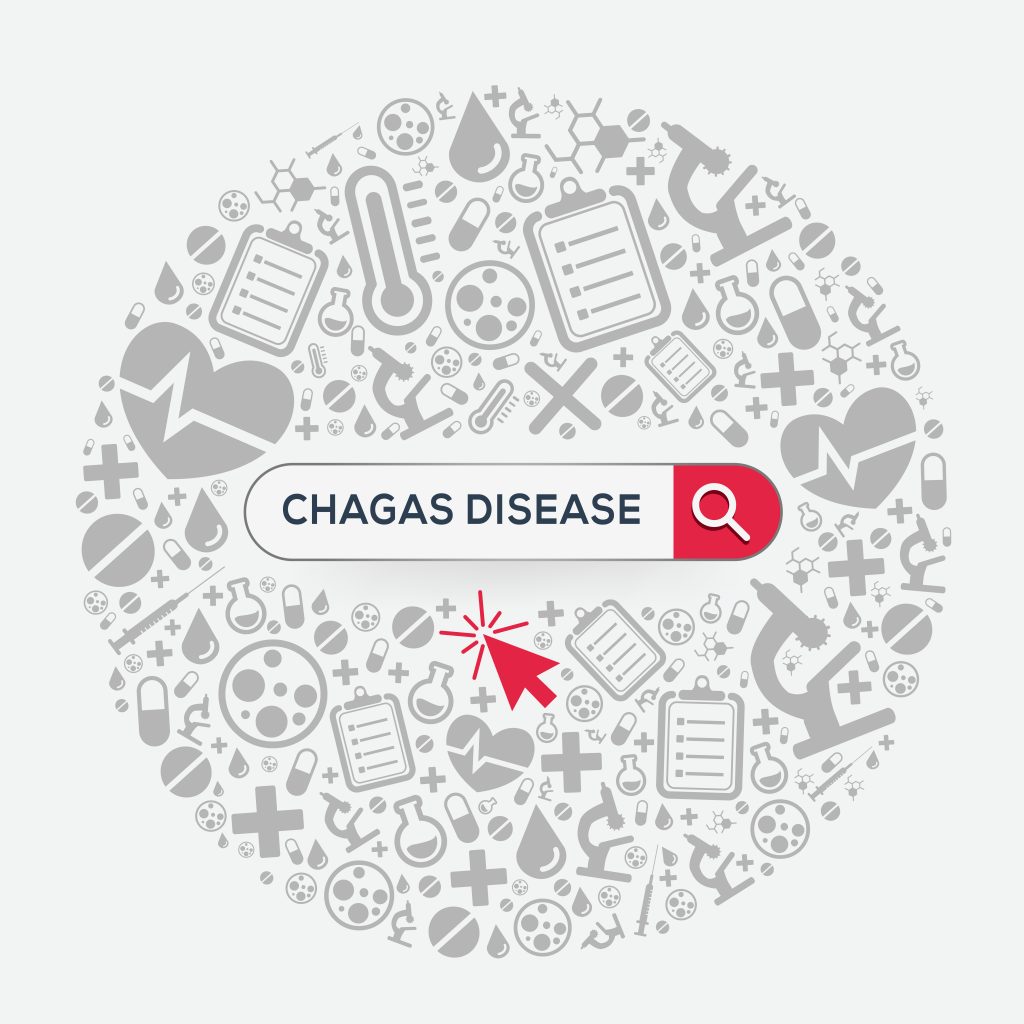Arq. Bras. Cardiol. 2023; 120(2): e20230055
Noninvasive Cardiac Radioablation for Chagas Heart Disease
Chagas heart disease is a common cause of nonischemic cardiomyopathy in Latin America. It is caused by Trypanosoma cruzi, a parasite that causes acute myopericarditis and a more chronic fibrosing cardiomyopathy. In most studies, the most common overall cause of death is sudden cardiac arrest from arrhythmias (55–60%), followed by heart failure (25–30%) and embolic events (10–15%). implantable cardioverter-defibrillator (ICD) shocks save lives from ventricular arrhythmias but are painful and associated with accelerated patterns of heart failure and death. Catheter ablation can be an effective stop-gap therapy for many patients to minimize ICD shocks from ventricular tachycardia (VT). Because of the transmural patchy nature of scar associated with Chagas disease, the best results are achieved with mapping and ablating the scar from both the endocardial and epicardial surfaces in an effort to homogenize the scar. And, yet, for many patients, VT recurs, and with it comes more ICD shocks. Recurrences of VT can be the result of incompletely treated circuits within the scar or new circuits forming over time.
Scanavacca et al. here report the first use of an entirely noninvasive treatment by means of focused radiation in a patient with Chagas to minimize, then eliminate, VT. This therapy, known as stereotactic body radiation therapy (SBRT), has revolutionized the way that many patients with cancers are treated. SBRT is an ablative radiation modality employing advanced imaging technologies capable of accurately damaging a target tissue with a high dose of radiation, while sparing nearby normal tissues. Cardiac SBRT, or cardiac radioablation, requires close collaboration between heart rhythm, radiation oncology, and medical physics teams to develop precise and safe treatment plans within parts of scarred myocardium while avoiding healthy nearby structures. Recently, this technology has been used to treat patients with recurrent VT with promising results in patients with ischemic and various forms of nonischemic cardiomyopathies.,
[…]
661

